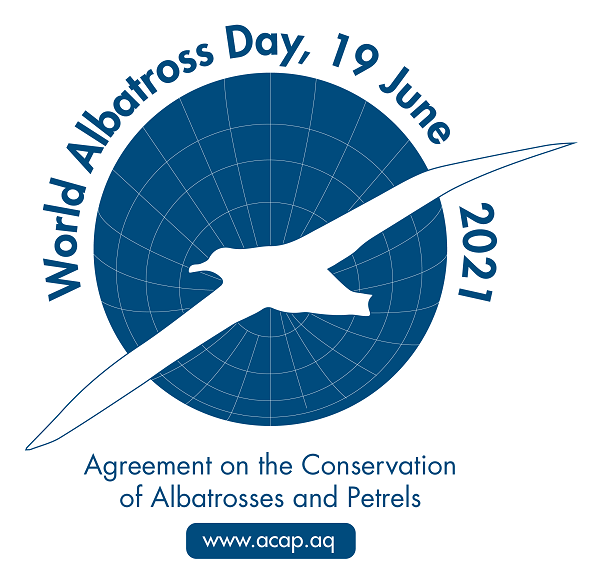By Pete Davidson, Senior Conservation Advisor, Birds Canada
World Albatross Day – 19 June – was established in 2020 to raise awareness of a conservation crisis out of sight. Birds Canada is again pleased to support this event, which marks the anniversary of an international treaty, the Agreement on the Conservation of Albatrosses and Petrels (ACAP). The theme in 2021 is “Ensuring Albatross-friendly fisheries”. The large number of albatrosses and petrels killed by fisheries was the main driving force for the establishment of ACAP two decades ago. Enormous progress has since been made on this global issue, but there is still a lot to do, and your choices make a difference!
Three albatross species occur regularly in Canadian Pacific waters, the Laysan, Short-tailed and Black-footed albatrosses. Each ranges widely over the North Pacific, and at times is at risk of bycatch in some fisheries. The good news is that some steps have already been taken to improve fishing practices where there is a high risk to albatrosses in the North Pacific, and improved tracking data of both albatrosses and fishing vessels are generating a clearer picture of the risk environment across the entire North Pacific.
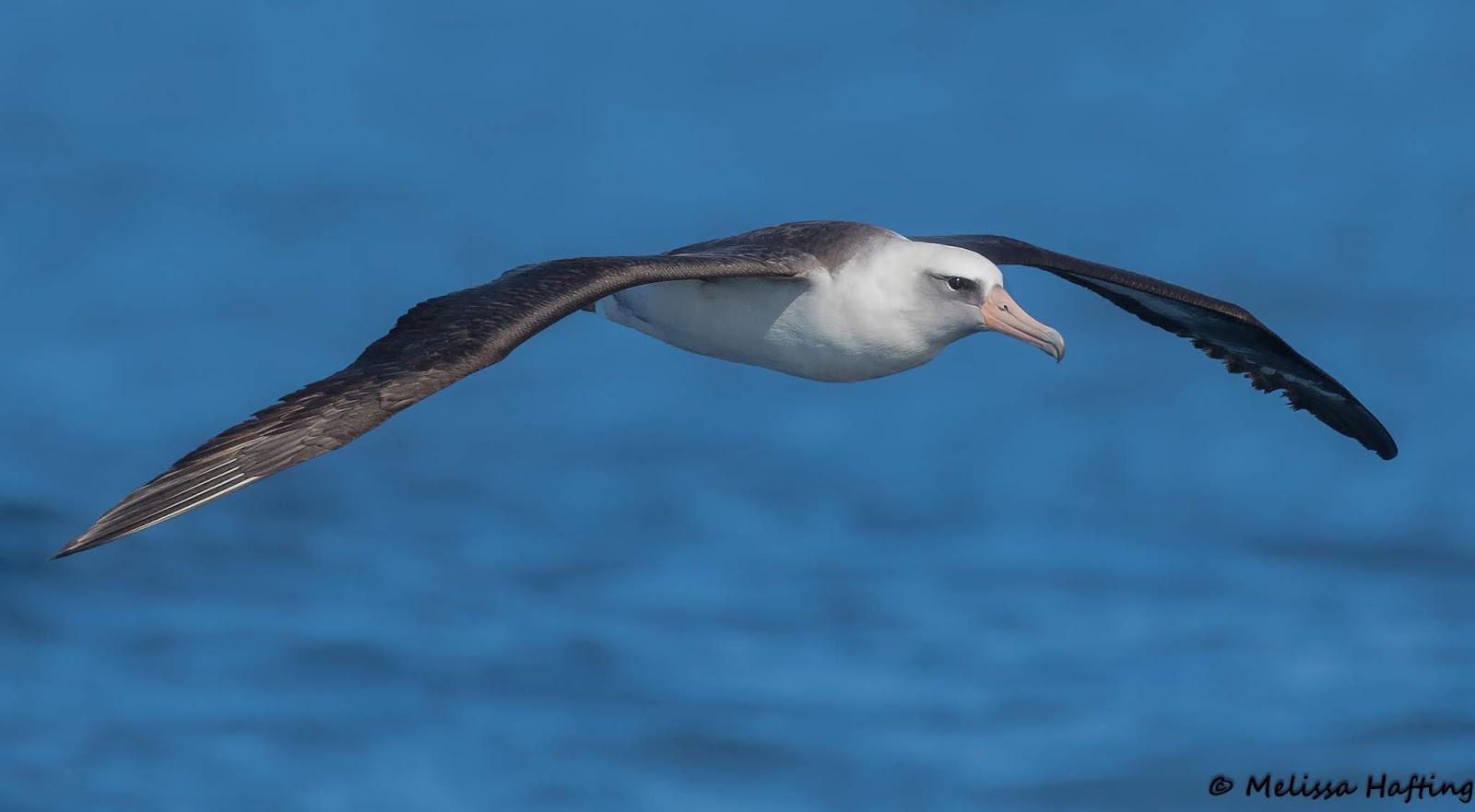
Laysan Albatross Photo: Melissa Hafting
One of the world’s most emphatic conservation success stories over the past decade comes from the Royal Society for the Protection of Birds (RSPB) and BirdLife International’s Albatross Task Force. The Albatross Task Force has achieved some incredible conservation results in the fisheries it has targeted to date. One recent example is a 98% reduction in seabird bycatch in one Namibian fishery off southern Africa, an impact of 22,000 seabirds saved every year! These successes now need to be extended into other fisheries, especially on the High Seas where albatrosses and large petrels spend nearly 40% of their time, and many other petrels and shearwaters, like Canadian-breeding Leach’s Storm-petrels, spend much of their non-breeding periods.
Consequently, the High Seas is a priority focus for BirdLife International’s global policy team. Carolina Hazin, BirdLife’s Marine Policy Coordinator, explains: “BirdLife is advocating for two key elements within the new High Seas Treaty, set under the United Nations Convention on the Law of the Sea; the first is to establish a process to set up effectively managed marine protected areas in the high seas, and the second is to adopt consistency and rigor on environment impact assessment across sectors and regions, with cumulative impacts fully considered.”
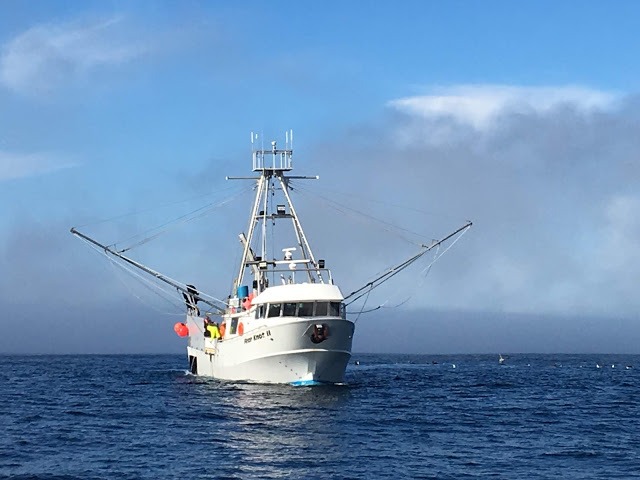
Longliner commercial vessel Photo: Cameron Eckert
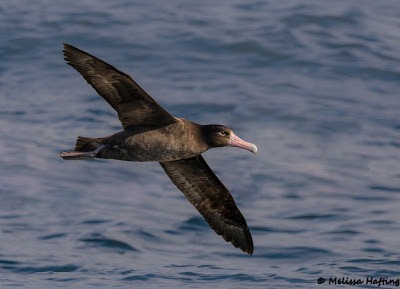
Short-tailed Albatross Photo: Melissa Hafting
Combined, these two pieces have the potential to significantly reduce pressure on species for which the open oceans are home. BirdLife contributes its extensive seabird tracking database, staff knowledge and expertise to help inform this process. Carolina continues: “The current lack of regulation on the conservation and sustainable use of marine biodiversity on the High Seas reinforces the urgency that the United Nations adopt the High Seas Treaty as soon as possible, which in turn will contribute to the Convention on Biological Diversity’s ambitious global framework to protect all nature over the next decades.”
So, what can you do for the iconic, out of sight albatrosses, petrels, and shearwaters? Market pressure is one of the most powerful ways to change commercial practices. Please choose seafood (for you and your pets, especially open ocean fish like tuna) with a generally trusted sustainability certification like those of the Marine Stewardship Council and Ocean Wise. Ask restaurants where the fish you would like to order was caught, and whether it is sustainably sourced. When the demand for responsibly-sourced, seabird-friendly seafood increases, companies will be compelled to respond.
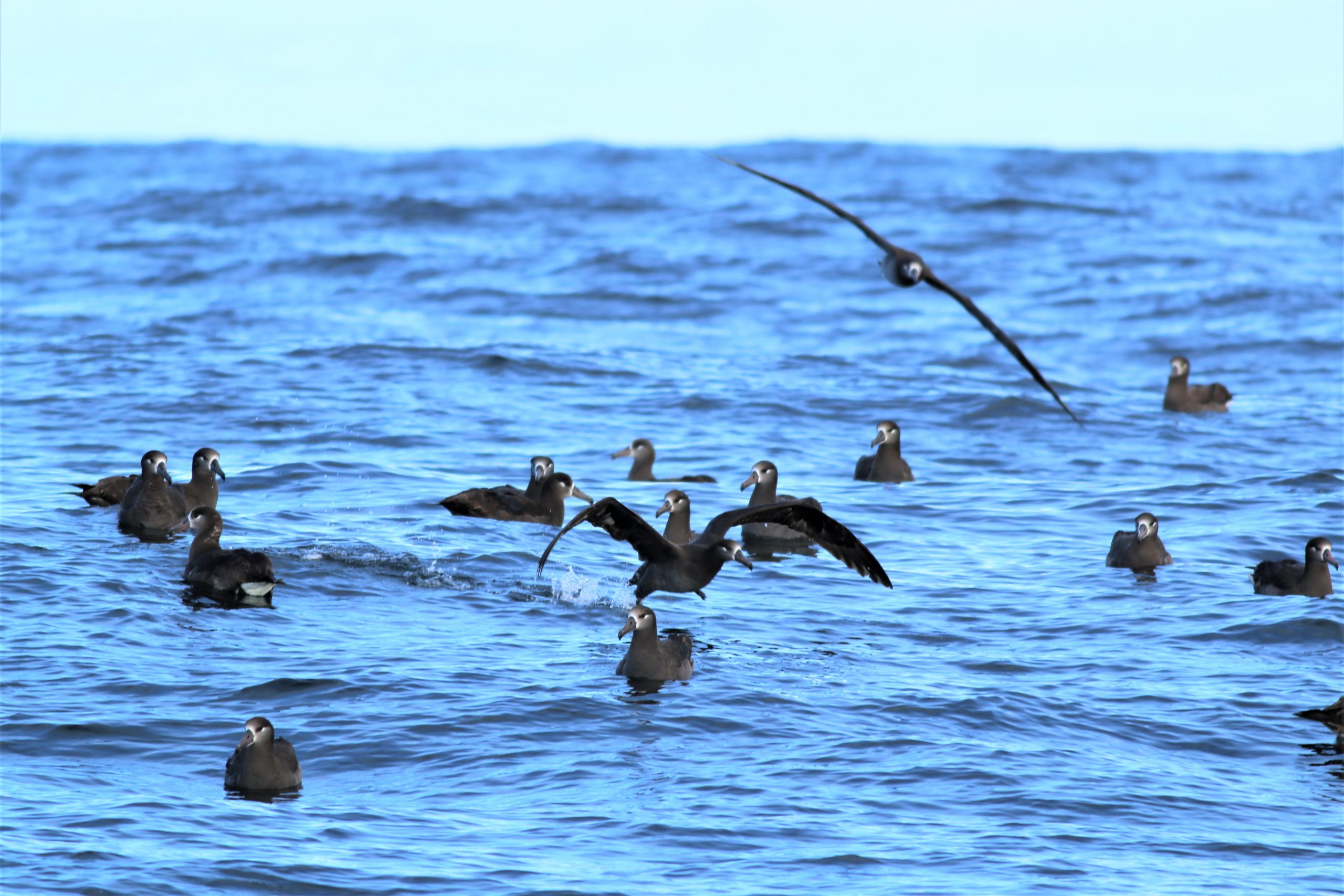
Black-footed Albatrosses Photo: Yousif Attia
To learn more about this unique group of birds, check out our wet and wild seabird facts blog post about World Albatross Day last year.
